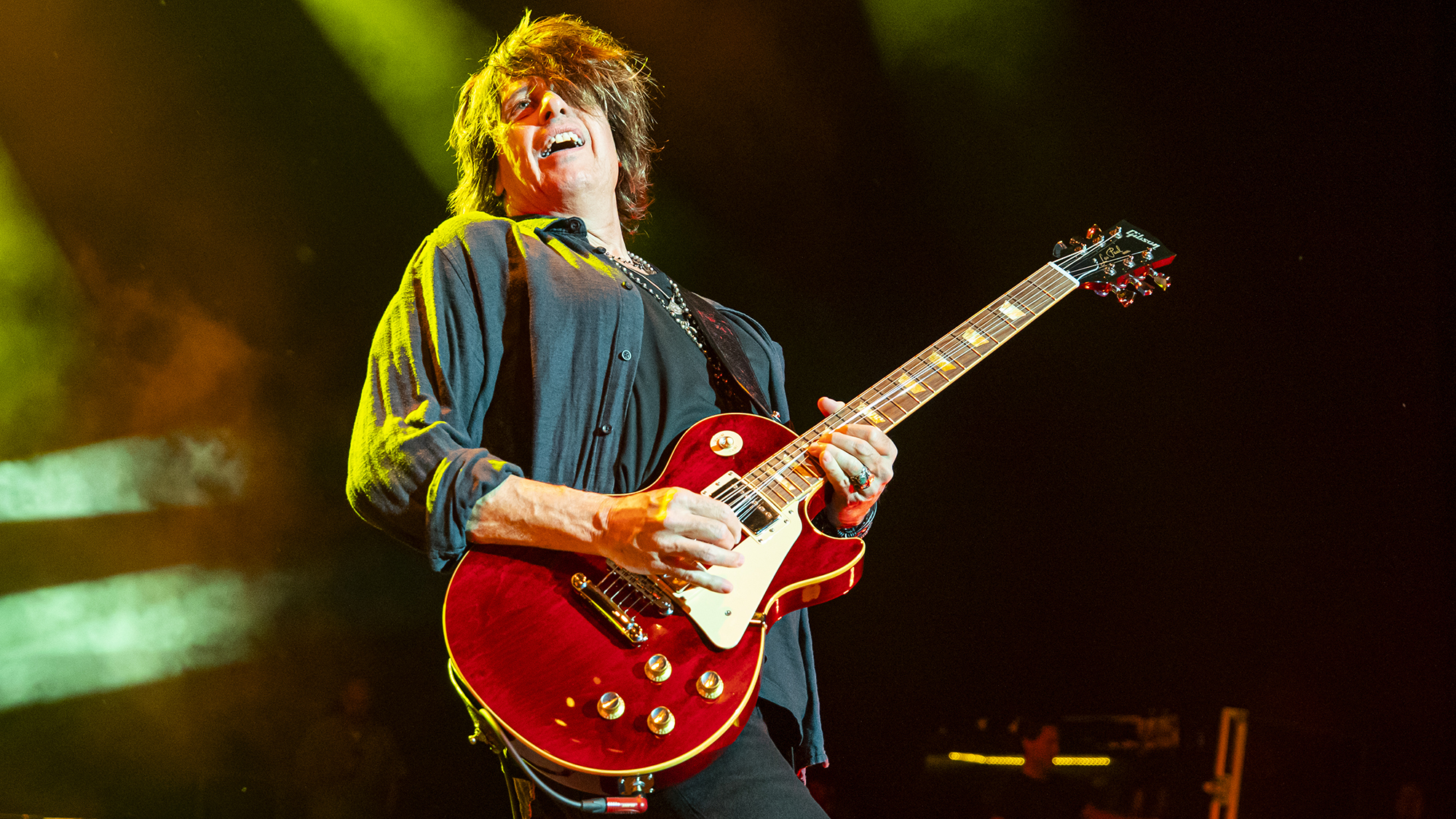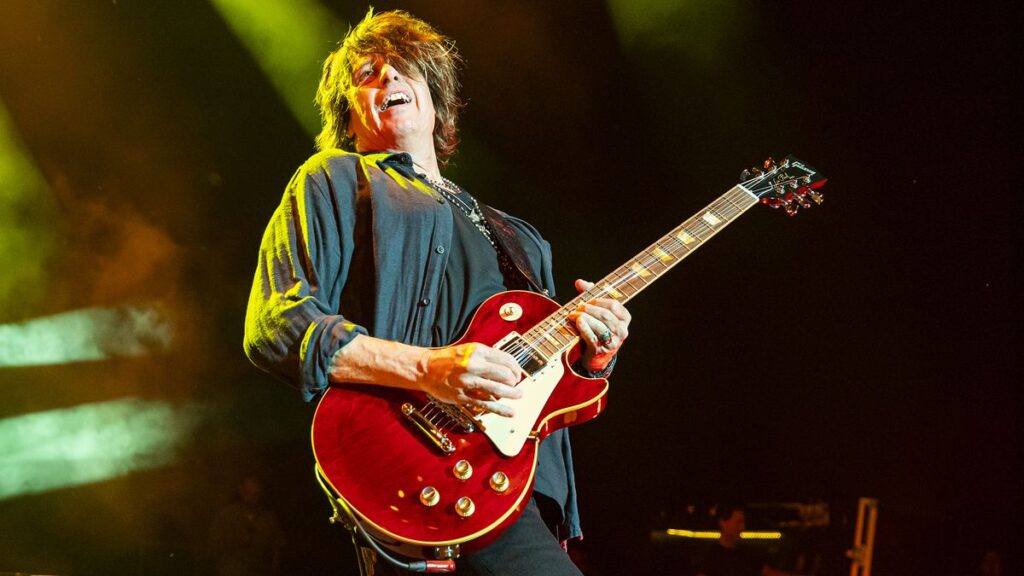
Earlier this month, guitarist Dean DeLeo announced the launch of his latest musical project by releasing Paper Over The Cracks, the debut single from his new band, One More Satellite. This fresh ensemble aims to showcase DeLeo’s evolving sound and songwriting prowess.
Set to drop later this summer, the upcoming album features DeLeo’s meticulous selection of electric guitar gear. When queried by Guitar World about which six-string instruments played pivotal roles during recording sessions, DeLeo shared insights into his approach to guitar choice and tone shaping.
He emphasizes that owning the most expensive or seemingly perfect guitar isn’t always necessary. Instead, he advocates for the charm of “toy” guitars-less refined instruments that can produce unexpectedly compelling sounds, depending on the desired sonic texture.
“Robert and I enjoy working with toy guitars that have a character of their own,” DeLeo explains. “They often deliver a unique tone that you might not find with high-end guitars. Sometimes, a guitar that’s a bit rough around the edges can inspire more expressive playing because it challenges you to adapt and pull out its personality.”
He further elaborates that guitars which are more difficult to play can sometimes enhance the creative process, as they demand more from the musician and can lead to distinctive performances.
Watch One More Satellite – Paper Over The Cracks (Official Video) – YouTube

See On
DeLeo reveals that for the track Paper Over The Cracks, he relied on a vintage Kay guitar, a budget-friendly model originally produced by Henry “Kay” Kuhrmeyer’s Chicago-based company in 1931. Despite its modest origins, Kay guitars have been favored by legendary artists such as Brad Whitford of Aerosmith, Jack White, Mark Knopfler, and Eric Clapton, who have all appreciated their distinctive sound and playability.
“My goal is to understand what each instrument can contribute sonically,” DeLeo states. “Before I start recording, I have a clear idea of the tonal quality I want to achieve, and I select my gear accordingly.”
The variety of guitars DeLeo employed during the recording process offers a fascinating glimpse into his creative toolkit. He has mentioned using a 1960s double-cut Danelectro, renowned for its shimmering tone, as well as a Gibson J-50 acoustic guitar. Additionally, he incorporates custom-built instruments by luthier Bruce Nelson, which he plays live on stage.
“What I love about Nelson’s guitars is how effortlessly they play, regardless of where I position my hand on the neck,” DeLeo shares. “When working with older guitars, tuning stability can be a challenge-especially with the G-string, which is notoriously tricky. Modern instruments like Nelson’s designs tend to stay perfectly in tune, making overdubbing and live performance much smoother.”
For a comprehensive interview with Dean DeLeo, keep an eye out for the upcoming issue of Guitar World, where he delves deeper into his gear choices and creative process.

